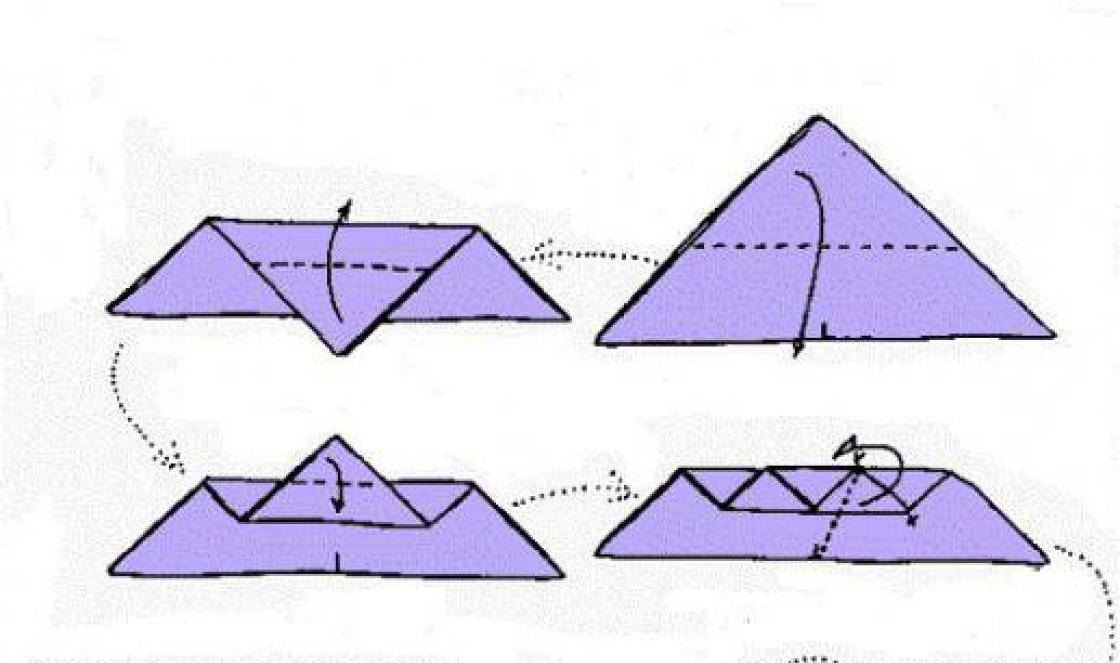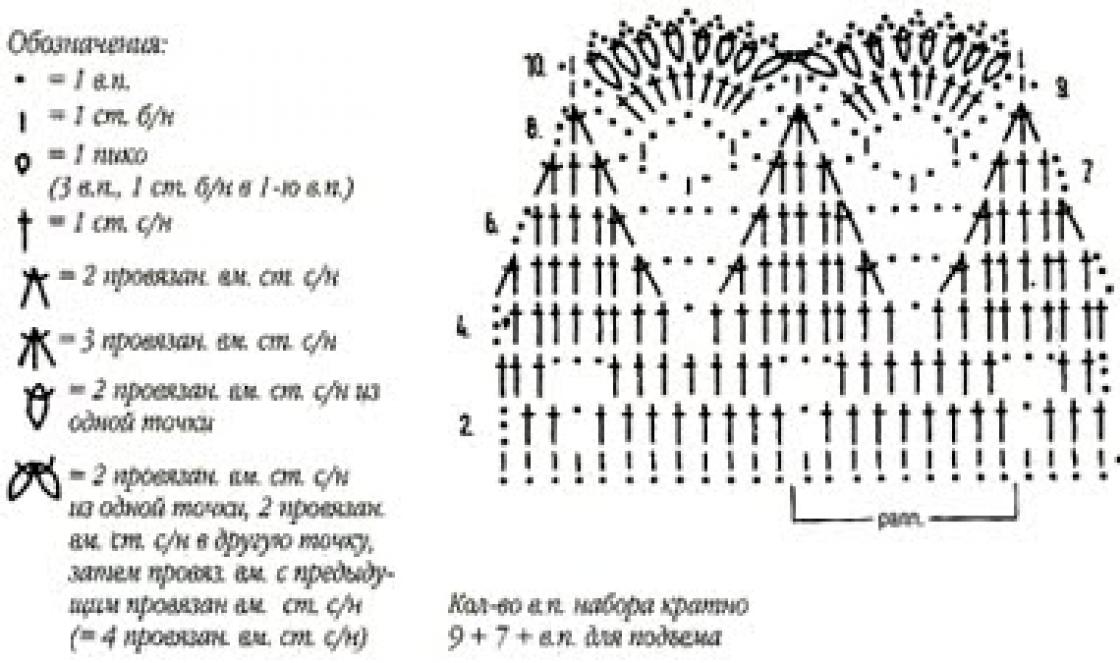A thoracic surgeon is a specialist in surgery who studies the organs that are located in and around the chest. IN different times thoracic surgeons performed operations on the mammary glands, lungs, heart, esophagus and other organs. It was thoracic surgery that gave impetus to the development of such separate areas as mammology, cardiac surgery, vascular surgery, and so on.
Diseases within the competence of a thoracic surgeon
A thoracic surgeon is asked for help with:
Diseases of the mediastinum – mediastinitis, mediastinal cyst and mediastinal tumor;
- purulent diseases and tumors of the lungs;
- diseases of the thymus gland;
- diseases of the esophagus - ulcers, dysphagia, esophagitis, reflux esophagitis, gastroesophageal reflux, achalasia, spastic disorders, scleroderma;
- diseases of blood vessels and heart.
Job thoracic surgeon comparable to the activities of a pulmonologist or phthisiatrician. The TB dispensary always has a specialist in thoracic medicine on staff, but the area of his research is much wider than it seems at first glance. An experienced thoracic surgeon can also cope with penetrating wounds. chest, as well as provide assistance to a patient with trauma to organs located in the subcostal area. Today, technical capabilities and modern treatment methods make it possible to cope with congenital and acquired developmental anomalies, bronchiectasis problems, spontaneous pneumothorax, bleeding, interstitial and disseminated lung pathologies and other diseases.
Diagnosis performed by a thoracic surgeon
The thoracic surgeon makes a diagnosis based on:
Thoracoscopy;
- arthroscopy;
- thoracoscopic resection of focal lung diseases, the location of which was determined by preoperative contrast;
- laparoscopy;
- video thoracoscopic pleurodesis in the treatment of malignant exudative pleurisy;
- hysteroscopy;
- intraoperative ultrasound examination during thoracoscopic sessions performed for focal lung diseases;
- biopsy;
- videothoracoscopy for newly discovered diseases of the mediastinal organs;
- video thoracoscopic thymectomy.
A patient with heartburn, belching, dysphagia, a feeling of a lump behind the sternum, odynophagia, pain in the epigastrium and esophagus, hiccups and vomiting should consult a thoracic surgeon.
Thoracic surgery- a branch of medicine that deals mainly with surgical treatment of diseases of the chest organs - lungs, pleura, mediastinum and others.
At different times, at different years thoracic surgeons performed surgery on the breast, lungs, heart, esophagus, and mediastinum. Exactly from thoracic surgery such modern areas as cardiac surgery, mammology, and angiosurgery emerged. At today's technological level of development of medicine, there is again a tendency towards convergence of all these disciplines. This can be seen both in domestic clinics and abroad. The reason is new technical capabilities. For example, many operations can now be done using a thoracoscope (chest endoscope). Its illuminated optical system allows operations without large incisions. The surgeon sees his own actions on the monitor. Even a tumor can be removed through incisions of 3-4 cm. Thanks to minimally invasive technologies developed by thoracic surgeons (videothoracoscopy, mediastinoscopy), qualitatively new possibilities for operating on the lungs, heart, and mediastinum have emerged. A number of operations on the nerve trunks, which were forgotten due to the traumatic nature, have been revived, diagnostic capabilities have been expanded by obtaining tissue samples for histological examination, and hours-long operations accompanied by many liters of blood loss and gross cosmetic defects have become a thing of the past.
Thoracic surgeon– specialist in chest and mediastinal surgery. From Greek thorax - chest. A thoracic surgeon is a specialist in the surgical (using operations) treatment of the chest and mediastinal organs.
Features of the profession
Thoracic (also known as thoracic) surgery deals with the surgical treatment of the lungs and pleura, mediastinum and other organs of the chest.
The work of a thoracic surgeon is often associated with pulmonology and phthisiology. It is no coincidence that thoracic surgeons work in tuberculosis dispensaries. But even from the definition it is clear that this profession is somewhat broader.
A thoracic surgeon can treat injuries (including penetrating ones) of the chest and hidden organs (including the heart), inflammation of the sternum and ribs, tumors of the lungs, chest, thyroid gland, etc., ruptures of the lung, esophagus, diaphragm, etc. p.
Important qualities
The profession of a thoracic surgeon presupposes such qualities as responsibility, good intelligence and a tendency to self-education, and self-confidence. A surgeon's determination will be of no use unless it is combined with a kind and responsible attitude towards patients. An aptitude for working with your hands and good motor skills are also required. Calm attitude towards the sight of blood.
Knowledge and skills
In addition to anatomy, physiology and other general medical disciplines, the thoracic surgeon must thoroughly know the physiology of the chest and mediastinal organs, master diagnostic methods, conservative and surgical treatment, perform operations and other medical procedures (bandaging, suturing, tracheostomy, etc., etc.).
The illustration shows the chest and mediastinum in cross section.
Thorax (lat. thorax)- part of the body formed by the sternum, ribs, spine and muscles.
Inside it is the thoracic cavity and the diaphragm (curved upper part abdominal cavity).
Mediastinum– part of the chest cavity above the diaphragm between the sternum and the spine. The mediastinum contains the heart and pericardium, large vessels and nerves, the trachea and main bronchi, the esophagus, and the thoracic duct.
Mediastinal tumors
The problem of diagnosis and treatment of mediastinal tumors still remains the most complex and relevant in clinical oncology. These neoplasms account for 2-7% of all human tumors. IN initial stages Mediastinal tumors are asymptomatic or with minor organ-specific symptoms. In 1/3 of patients there are no clinical symptoms. As the tumor size increases, pressure, displacement and invasion into adjacent structures and organs, mediastinal syndromes develop. Despite the expansion of the possibilities of primary and clarifying diagnostics, methods of morphological verification of the tumor, establishing an accurate diagnosis sometimes remains a difficult task for the clinician.
The choice of optimal treatment tactics often causes significant difficulties due to the variety of histological forms of neoplasms, the peculiarities of their localization in various parts of the mediastinum and relationships with neighboring anatomical structures and organs.
Tracheal tumors
Malignant tumors of the trachea are divided into primary and secondary. Primary ones develop from the wall of the trachea, secondary ones are the growth of malignant tumors of neighboring organs into the trachea: larynx, thyroid gland, lung and bronchi, esophagus, lymph nodes, mediastinum. Primary make up 0.1-0.2% of all malignant neoplasms. The most common histological forms are adenoid cystic carcinoma (cylindroma) and squamous cell carcinoma, accounting for 75-90% of all malignant tracheal tumors. Primary tracheal tumors occur more often in men than in women, mainly between the ages of 20 and 60 years.
Malignant tumors of the trachea manifest themselves as a characteristic symptom of difficulty breathing - shortness of breath and even stridor (a whistling noise caused by a sharp narrowing of the tracheal lumen. Shortness of breath usually increases gradually, but always noticeably intensifies with physical activity(fast walking, climbing stairs, sometimes even while talking).
Diagnosis: based on complaints, medical history, assessment of the patient’s condition, but most importantly - on data special methods research.
Lung tumors
The mortality rate from this malignant lung tumor reaches 85% of all patients, despite modern advances in medicine. In some countries, lung cancer is also beginning to take first place in morbidity and mortality among women. The main cause of lung cancer is smoking. About 80% of patients with this pathology are smokers. The remaining 20% of cancer cases are associated with exposure factors such as indoor radon, contact with asbestos dust, heavy metals, and chlormethyl ether.
Clinical manifestations: cough, shortness of breath, chest pain, hemoptysis, weight loss.
If you have any complaints, you should immediately consult a doctor.
Esophageal tumors
Among all malignant tumors of the digestive tract, esophageal cancer ranks third after stomach and rectal cancer. Unfortunately, severe symptoms appear at fairly late stages and a relatively small percentage of patients can be treated radically. At least 80% of patients are hospitalized already at stages III-IV of the disease.
Risk factors for the development of esophageal cancer are recognized as systematic contact with carcinogenic substances, chronic radiation exposure, excessive mechanical, thermal, chemical irritation of the mucous membrane of the esophagus, cicatricial narrowing of the esophagus after chemical burns, its achalasia, hiatal hernia, reflux esophagitis.
“Alarm signals” that suggest the possibility of a malignant neoplasm of the esophagus are:
dysphagia (impaired swallowing) of any severity, occurring regardless of mechanical, thermal or chemical injury to the esophagus;
sensation of passing a bolus of food, pain or discomfort along the esophagus, arising when eating;
repeated regurgitation (regurgitation of food) or vomiting, especially with blood;
Hoarseness that appeared for no reason.
Instrumental research methods are crucial in recognizing esophageal cancer - these are x-ray and endoscopic examinations.
Treatment of patients with esophageal cancer is one of the most difficult tasks in clinical oncology. Surgical, radiation and combined methods are used. Surgical treatment of esophageal cancer consists of subtotal resection or extirpation and subsequent plastic surgery with a gastric, small- or colonic graft.
Lung cancer in many industrialized countries represents one of the most current problems clinical oncology. It is the most common malignant tumor and the leading cause of death from cancer. According to the International Agency for Research on Cancer, more than 1 million new cases of lung cancer are diagnosed annually in the world, which is more than 12% of all diagnosed malignant diseases.
Studying the problem of lung cancer at the Moscow Research Institute named after. Herzen started in 1947 and is associated with the name of Academician A.I. Savitsky. In 1981, the Department of Pulmonary Oncology was created. Until 2007, it was headed by the country-famous Professor A.H. Trachtenberg. Currently, the department is headed by a young scientist, Dr. medical sciences, Pikin Oleg Valentinovich.
What we do:
Complex, extensive operations are today a priority for pulmonary surgeons. It is here, at the institute. P. A. Herzen, often refer patients who are denied access to regular oncology dispensaries, regional and regional clinics from all over Russia, and even from the post-Soviet space. Patients have the opportunity to undergo high-tech surgical treatment in the hands of the best specialists in our country.
On the basis of the Institute. P. A. Herzen, in the clinic, you can undergo all the necessary examinations. Computed tomography is the main method for diagnosing malignant lung diseases. This technique allows you to directly identify a tumor in the lung and understand the extent of the tumor process: are the lymph nodes affected, is there any involvement of the pleura in the process, etc.
In order to understand the structure of the tumor, computed tomography helps to obtain a biopsy from this tumor. Under computer control, you can perform a puncture and collect material for histological examination.
The second main diagnostic method is used when larger bronchi are affected, and is mandatory when examining a malignant lung tumor - fibrobronchoscopy (endoscopic diagnostic method). It allows you to determine the level of damage to the bronchus and also take material for a biopsy study.
1. Marmonstein S., Trakhtenberg A., Bidyak I.
“Contrast study of vessels in thoracic oncology.”
Chisinau, “Kartya Moldyavonyaske”, 1970.
2. Pavlov A.S., Pirogov A.I., Trakhtenberg A.Kh.
“Treatment of lung cancer.”
Moscow, “Medicine”, 1979.
3. Trakhtenberg A.Kh., Utkin V.V., Kim I.K., Anikin V.A.
“Lung cancer with primary multiple malignant tumors.”
Riga, ZINATNE, 1986.
4. Trakhtenberg A.Kh.
“Lung cancer”
Moscow, medicine, 1987.
5. Trachtenberg A.CH., Badalik L., Cissov V.I., Malik V. a Kolektiv.
“Racovina pl’u′c.”
Vydavatelstvo Osveta, 1992.
6. Trakhtenberg A.H., Frank G.A.
“Malignant nonepithelial tumors of the lungs.”
Moscow, “Medicine”, 1998.
7. Trakhtenberg A.Kh., Chissov V.I.
“Clinical oncopulmonology”
Geotar, Medicine, 2000.
9. Edited by Chissov V.I., Trakhtenberg A.Kh.
“Primary multiple malignant tumors”
Maskwa, Medicine, 2000.
10. Edited by Chissov V.I., Trakhtenberg A.Kh.
“Errors in clinical oncology”
Moscow, Medicine, 1993.
Thoracic surgeons provide assistance for diseases of organs located inside the chest; they operate on tumors of the lung, mediastinum, and metastases. Diagnostic methods To carry out adequate surgical treatment of pathology, it is necessary to establish or confirm the diagnosis suggested by the doctor. The thoracic surgeon conducts an examination, collects anamnesis, and prescribes a clinical examination.
What does a thoracic surgeon treat?
Diseases of the lungs and other respiratory organs:- pericarditis;
- pleurisy;
- bronchiectasis;
- osteomyelitis;
- pneumothorax and others. A thoracic surgeon performs removal of foreign objects from the esophagus, as well as operations to treat fistulas, esophagitis, and achalasia (impaired swallowing function). Symptoms that, if detected, should be visited by a thoracic surgeon:
- dyspnea;
- suffocation;
- prolonged cough, accompanied by pus and an unpleasant odor;
- dysphagia (difficulty swallowing food);
- chest pain of an increasing nature that occurs when walking, breathing, or even at rest.
- tomography – positron emission tomography (PET) and spiral computed tomography (SCT);
- radiography;
- fluorescent and autofluorescent bronchoscopy;
- pleural puncture;
- angiography;
- arthroscopy;
- spirography (determining the vital volume of the lungs).
- thoracoscopy (examination of the pleural area);
- biopsy;
- interventional sonography;





